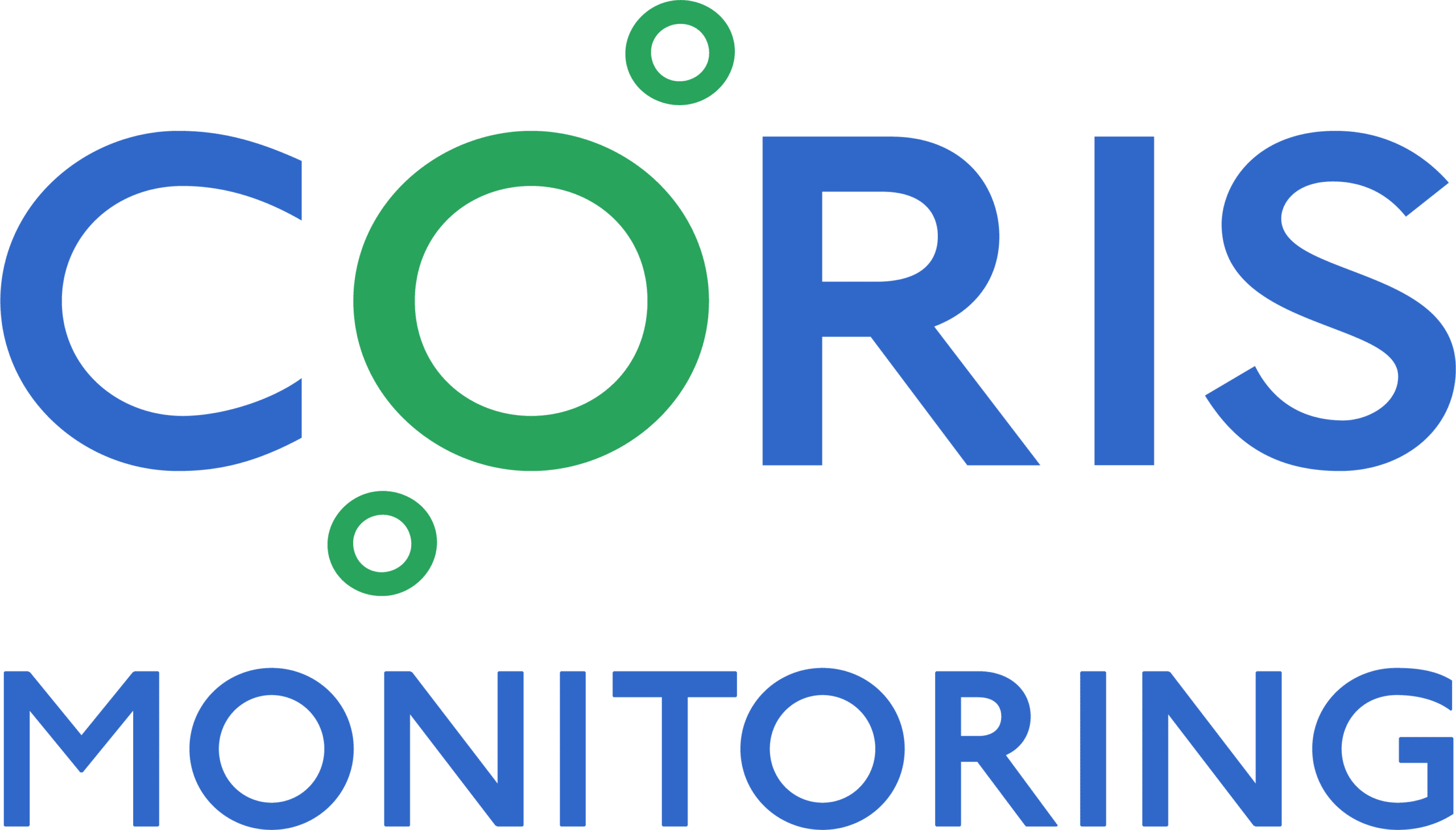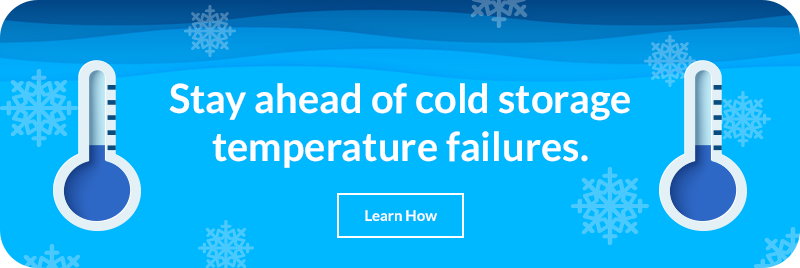In 2018, the University of San Francisco California launched an initiative to monitor their ultra-low temperature freezers to safeguard research materials from power outages and natural disasters. As part of this initiative, the university accounted for up to 1,400 -80℃ freezers on-site, each of which held an average of $500,000 worth of content.
Considering the cost associated with the contents of lab freezers (and the often irreplaceable nature of these contents), it’s critical to have a system in place that can alert personnel to lab freezer temperature issues, no matter where they are. While a manual lab freezer temperature check during the workday can come back with normal numbers, problems can arise at night or over the weekend — and if personnel aren’t made aware of these issues in real-time, the issue can grow worse and cause more damage.
Having this safety net in place is the main catalyst for switching over from manual lab freezer temperature checks to a cloud-based, remote temperature monitoring system. But alongside this overarching need, it’s important to consider other costs associated with a manual approach.
Time Constraints for Personnel
When carried out in a traditional sense, lab safety checks — like the daily check of lab freezer temperatures — can be quite time-consuming for lab personnel that are under pressure to work efficiently. This leaves personnel with less time to dedicate to research efforts, with added stress around the room for error that comes with a manual approach.
Challenges in Collaboration
Using a pen-and-paper system to track lab freezer temperatures inevitably creates a more siloed environment. For instance, if lab freezer temperature data can only be accessed and shared by one employee, it can lead to communication breakdowns that lead to delays in issue resolutions or duplicated work that hinders the staff’s productivity.
Delays in Documentation Retrieval
Documentation is typically required to demonstrate adherence with safety and compliance standards. When lab freezer temperatures are tracked manually, it’s naturally more difficult to maintain a permanent record of the storage conditions of samples and reagents to demonstrate the appropriate quality and safety versus a system that detects and records the information automatically.
Streamline your lab operations — make the switch from manual lab freezer temperature checks to the 24/7 remote lab temperature monitoring system from CORIS. Learn more about how our system works and its benefits here.






